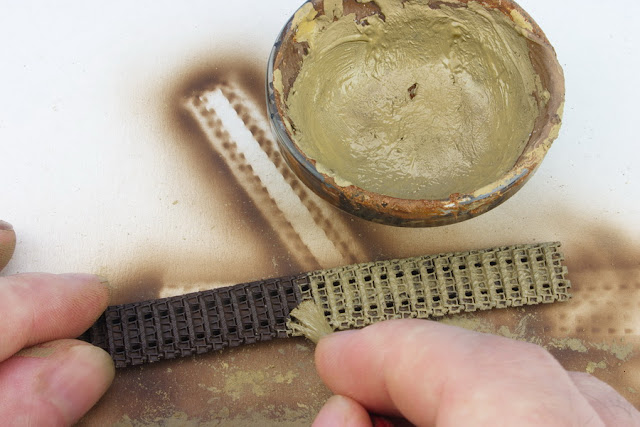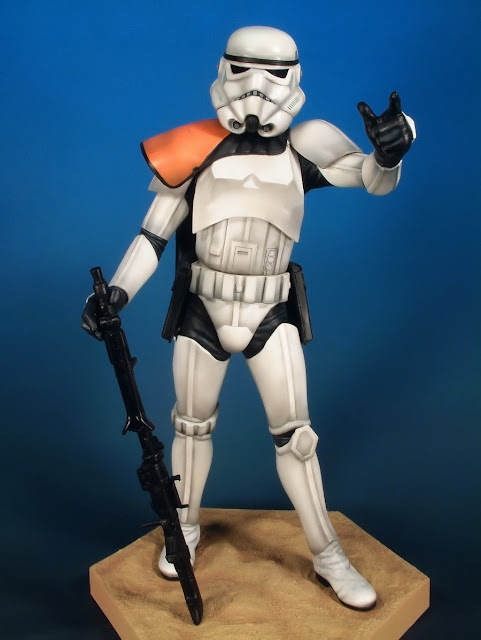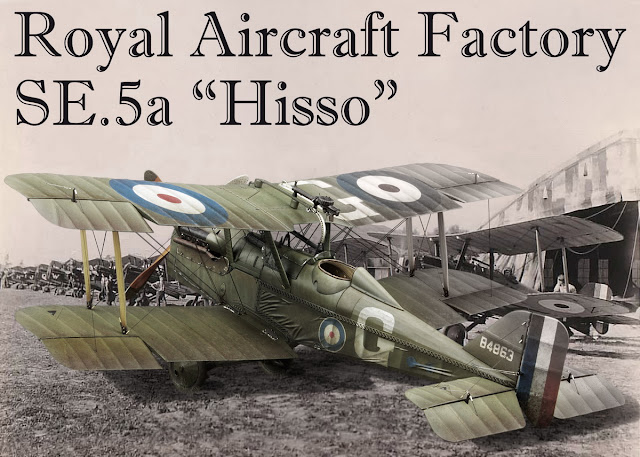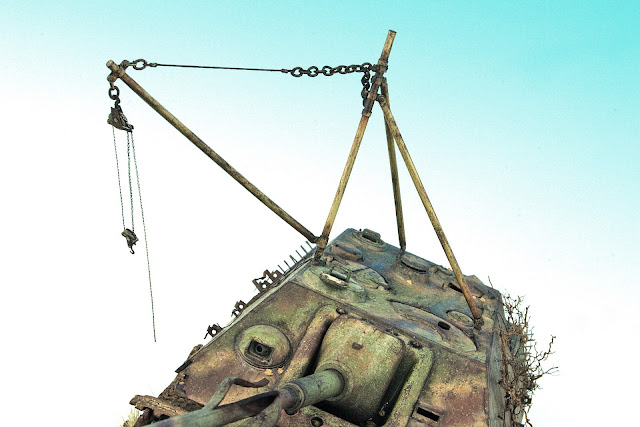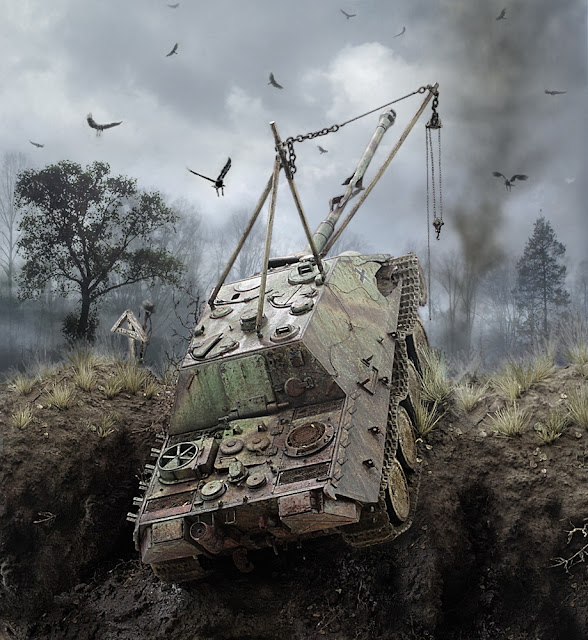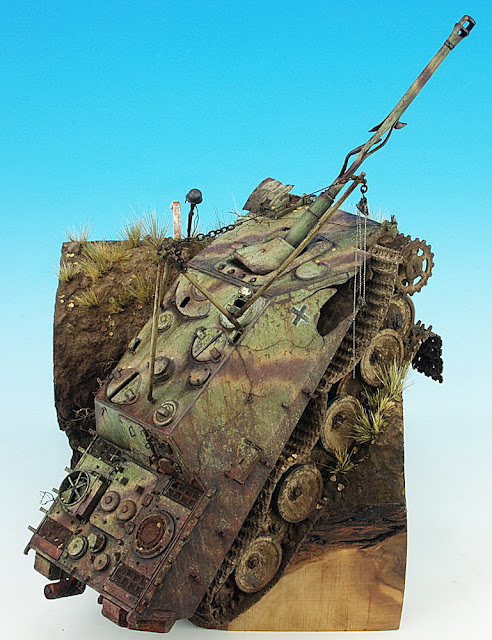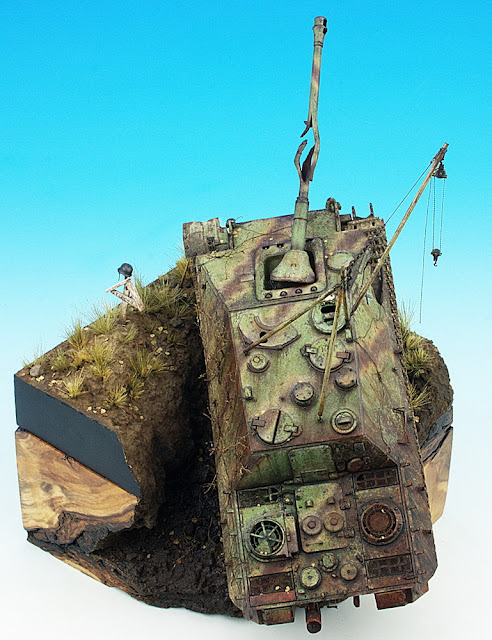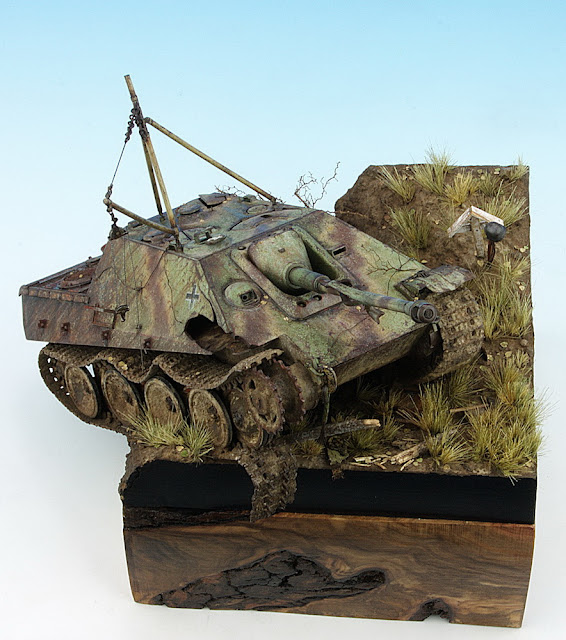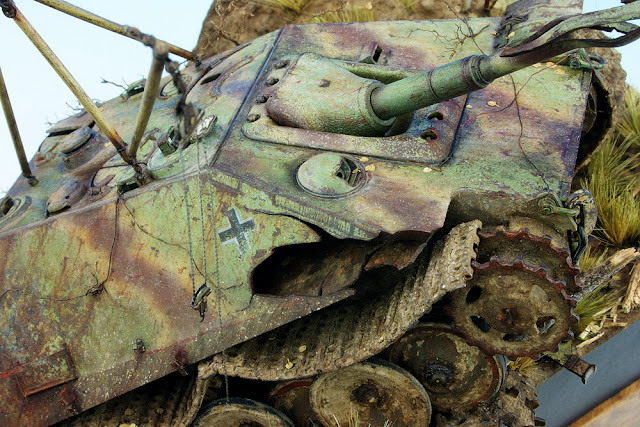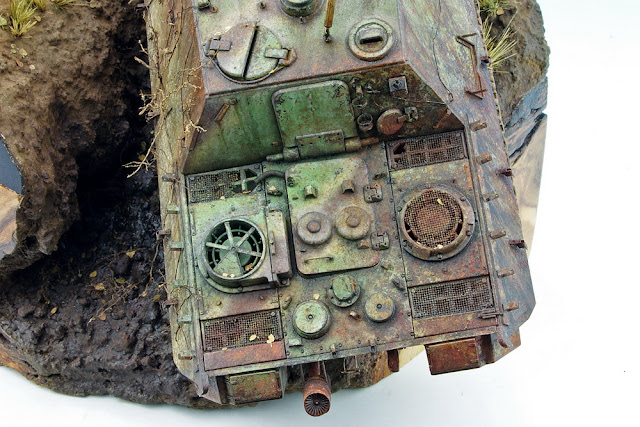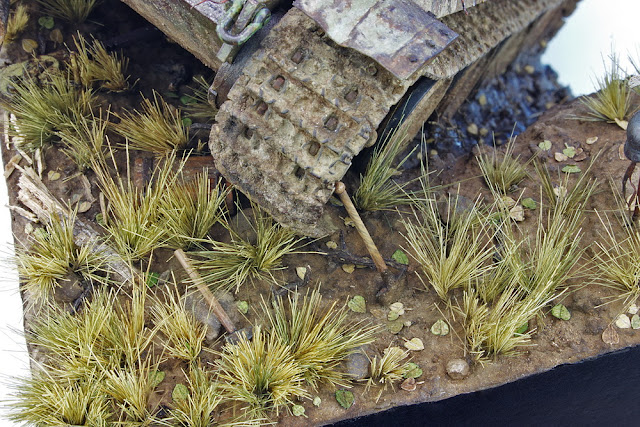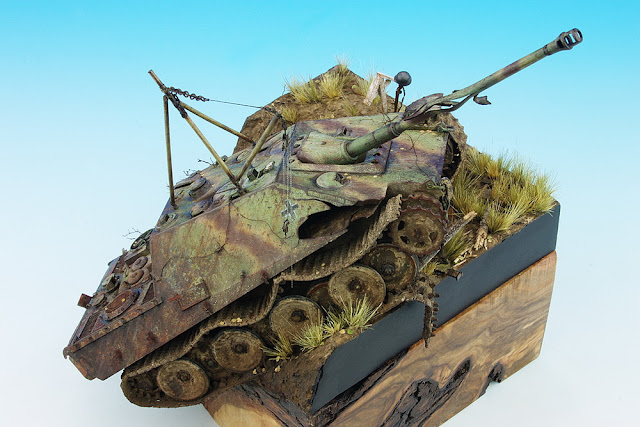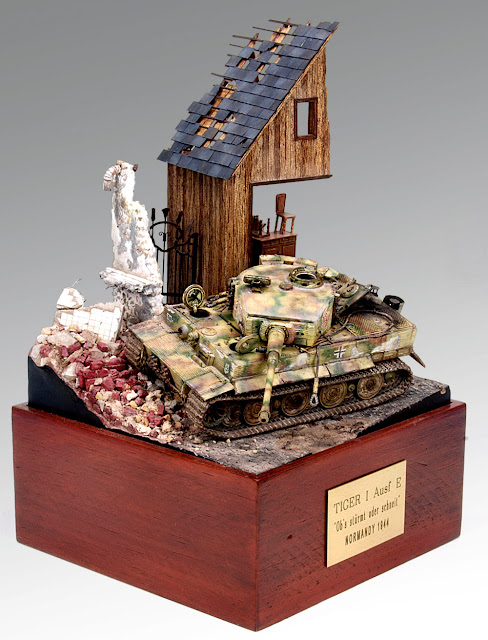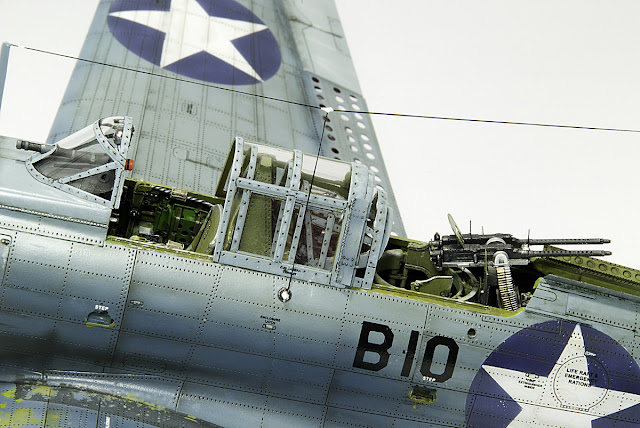The kit is Tamiya´s 1/48 Jagdpanther Late Version. I wanted to make some transformation so I chose an even later version than the kit´s options. The Achtung Panzer #4 book has really nice drawings with the differences of the Jagdpanther variants depending on the fabrication date. It was really helpful.
La maqueta es elJagdpanther Late Version 1/48 de Tamiya. Quería hacerle alguna transformación así que elegí una versión de producción un poco más moderna que la del kit. El libro Achtung Panzer nº4 tiene unos esquemas estupendos con las diferentes variantes de JP dependiendo de la fecha de fabricación. Es un libro muy útil:
Another transformation I wanted to do was some combat damage but not the much seen round impacts. In the Panzerwrecks books I found a lot of good ideas for the gun barrel and the hull damage.
Otra transformación que quería hacerle era algunos daños de combate distintos de los muy vistos impactos circulares. En los libros Panzerwrecks encontré buenas ideas para los daños del cañón y el blindaje:
Otra transformación que quería hacerle era algunos daños de combate distintos de los muy vistos impactos circulares. En los libros Panzerwrecks encontré buenas ideas para los daños del cañón y el blindaje:
After the assembly I gave some texture to the hull with the "Tamiya cement technique". I used cleaner for PVC pipes instead of Tamiya Thin because is a little stronger and dries faster. And it is cheaper. After that I sanded the surface, of course, with 1000 grain sandpaper or so.
Después de montarlo le di algo de textura al blindaje con la técnica del pegamento Tamiya pero usando limpiador para PVC. Es un poco más fuerte que el Tamiya Thin y seca más deprisa. Y es más barato. Después de dejar algo rugosa la superfecie lijé suavemente con una lija de grano 1000 más o menos:
Después de montarlo le di algo de textura al blindaje con la técnica del pegamento Tamiya pero usando limpiador para PVC. Es un poco más fuerte que el Tamiya Thin y seca más deprisa. Y es más barato. Después de dejar algo rugosa la superfecie lijé suavemente con una lija de grano 1000 más o menos:
I chose an early 1945 production Jagdpanther so there are some differences with the Tamiya kit. The drawings from Achtung Panzer #4 book were very helpful to make this version. The detailing is made with spare PE pieces, styrene and some copper wire. The usual stuff.
Elegí una versión de producción de principios del 45´así que hay algunas diferencias con la maqueta de Tamiya. Los esquemas del Achtung Panzer #4 fueron muy útiles para hacer la transformación. El detallado está hecho con piezas de estireno, hilo de cobre y algunos fotograbados:
Elegí una versión de producción de principios del 45´así que hay algunas diferencias con la maqueta de Tamiya. Los esquemas del Achtung Panzer #4 fueron muy útiles para hacer la transformación. El detallado está hecho con piezas de estireno, hilo de cobre y algunos fotograbados:
One problem of Tamiya´s kit is the metallic lower hull that don´t allow to move the wheels suspension. An easy trick is to make another hole in some of the middle wheels to locate them a little upward or downward.
Un problema del kit de Tamiya es que la barcaza de metal no permite mover la suspensión. Un truco sencillo es hacer otro agujero en algunas ruedas para poder ponerlas a diferentes alturas:
Un problema del kit de Tamiya es que la barcaza de metal no permite mover la suspensión. Un truco sencillo es hacer otro agujero en algunas ruedas para poder ponerlas a diferentes alturas:
This way we can get an irregular suspension.
De este modo se pueden poner las ruedas con la suspensión irregular:
De este modo se pueden poner las ruedas con la suspensión irregular:
And the Jagd is ready to paint. Next week I´ll try some rusty areas in the rear side before applying the camo.
Y el Jagd está listo para pintar. En el siguiente capítulo pintaré algunas zonas en óxido antes pintar el camuflaje.
Y el Jagd está listo para pintar. En el siguiente capítulo pintaré algunas zonas en óxido antes pintar el camuflaje.


































































